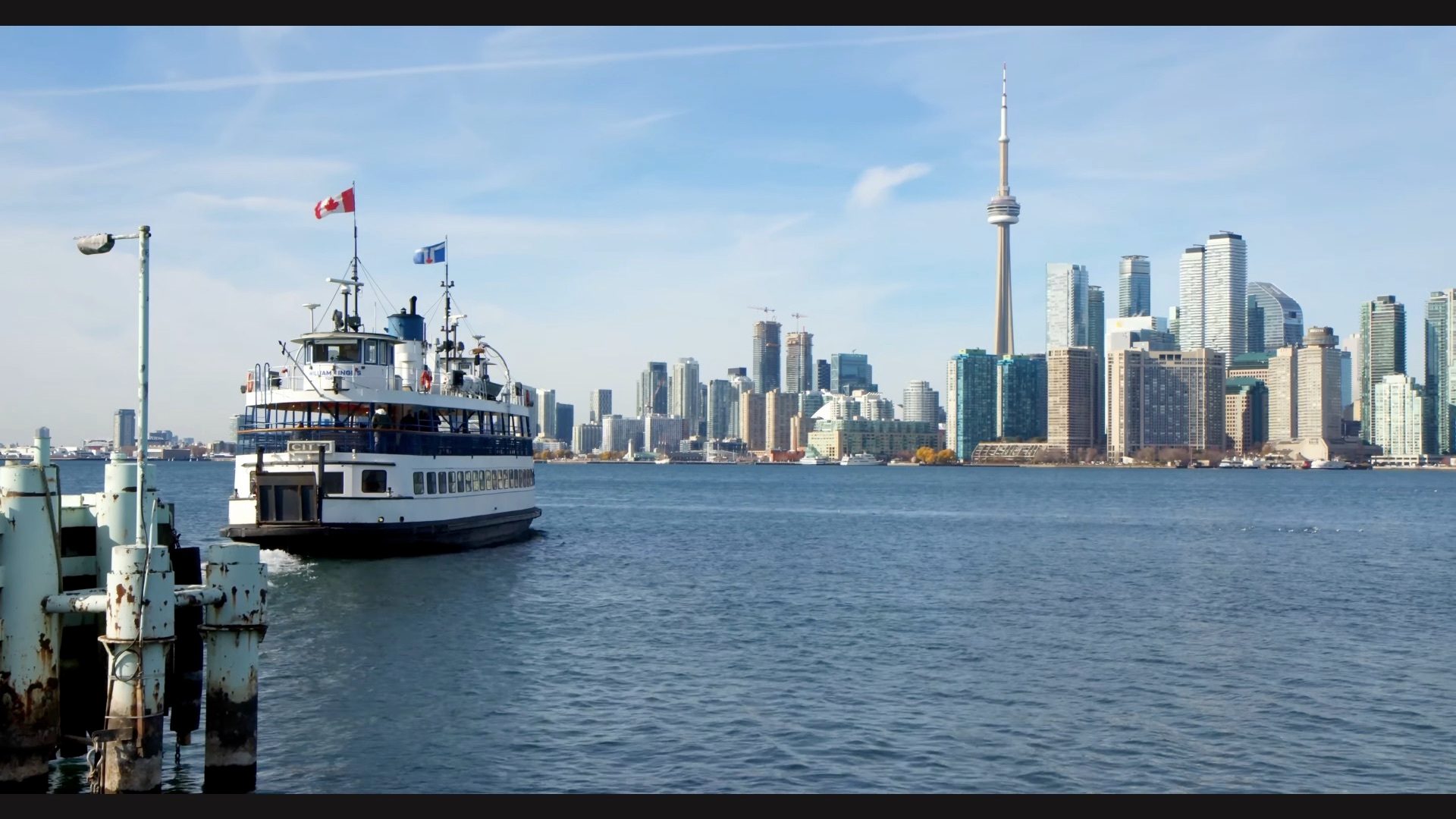Related publications
Castaneda, R.A., Niraula, A. & Triandafyllidou, A. (2024). Complex pathways of Indian highly skilled migrants and international students to Canada. In I. Rajan (Ed.), India migration report 2023: Student migration. Routledge
Niraula, A.,Triandafyllidou, A., & Akbar, M. (2022). Navigating uncertainties: Evaluating the shift of Canadian immigration policies during the COVID-19 pandemic. Canadian Public Policy 48(S1), 49–59.
Niraula, A. & Triandafyllidou, A. (2022/9). Highly skilled migrant decision-making under uncertainty: A literature review. CERC-TMCIS Working Paper.
Niraula, A. & Castaneda, R. A. (2022, Nov. 29). The pandemic created challenges and opportunities for Canadian immigration. The Conversation.
This study is a part of the research project Skilled Migrant Decision Making Under Uncertainty Project. We surveyed over 1,000 respondents and conducted over 130 in-depth interviews. Since it was unknown if the prospective immigrants with whom we spoke would end up migrating to Canada, we also surveyed and interviewed those who had already arrived, so we could have a full picture of the decision-making process.
With the pandemic as a backdrop to this study, we learned migration decisions entail inherent risks and uncertainties, which can be exacerbated by changing conditions around the world. Surprisingly, our research showed that the pandemic was only a barrier for a brief period of time for both the highly skilled migrants and international students who were intent on coming to Canada. While there were clear challenges – like delays in visa applications, difficulty finding work and greater isolation – migrants continued to take the bold step to migrate. We postulate that for some would-be migrants, the pandemic actually made it easier to search for information and save the funds needed to lay the foundation for migrating abroad.
For our study, we define a “highly skilled” migrant, as someone who holds a university-level education, and an “international student” as someone who requires a study permit to reside in Canada. Both of these types of individuals enter Canada as temporary residents and later may, or may not, pursue permanent residency status.
Breakdown of respondents
This scrollytelling info graphic provides a sampling of visual highlights of the study. There are many more data and insights than what we have provided here. Researchers interested in viewing the entire data set can reach us at the contact information below. Also, please refer to the current and forthcoming publications on the subject listed below.


About the study
Choosing Canada is not available for mobile viewing at this time. Please view this site on a desktop or laptop device.

